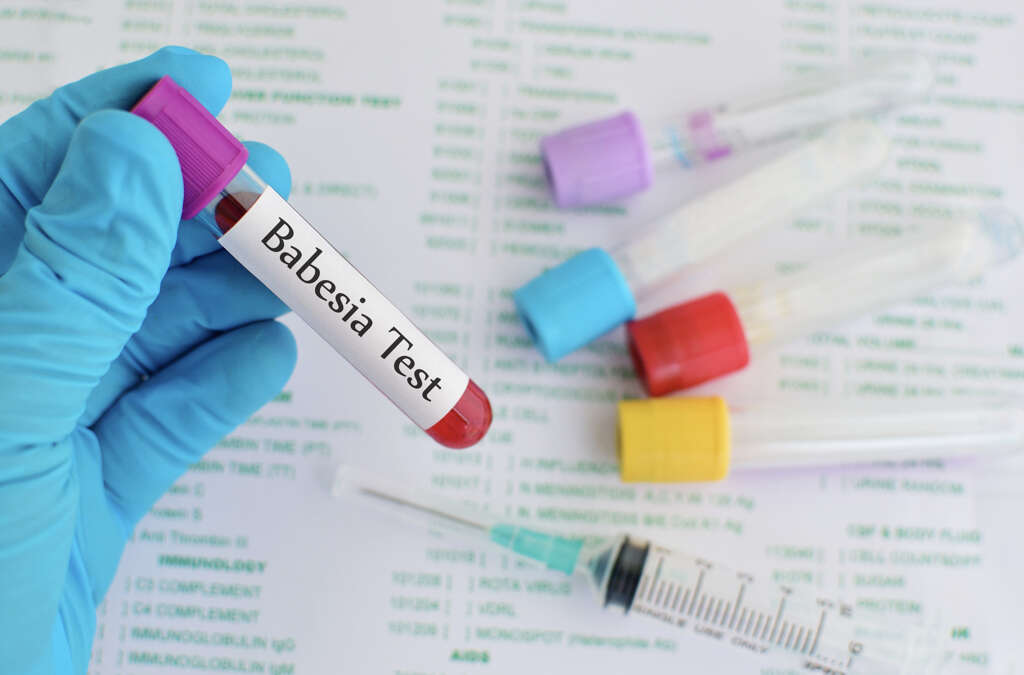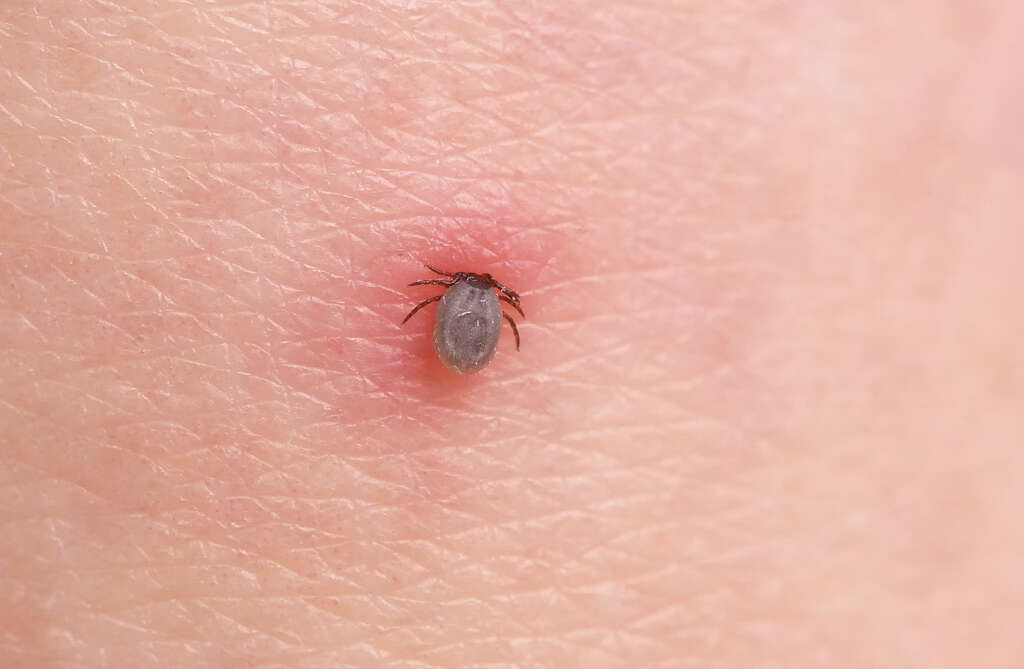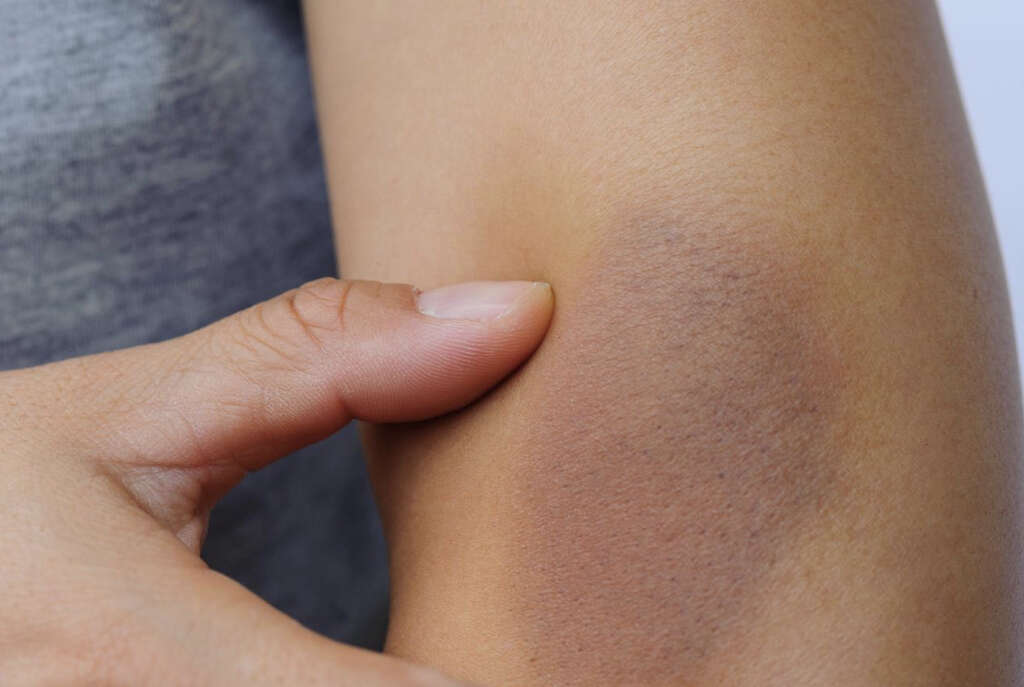What Is Babesiosis?
There are countless different types of parasite in the world, and many of them around enough to give us the creeps. Pretty much no living thing that is large enough is safe from them and there are parasites that can infect people as well as other animals. One example of such as parasite is a tiny creature known as babesia.
Babesiosis is a condition that is usually quite mild, and it can also be treated relatively easily. It should be treated when identified, though, because it can be dangerous in some cases. This is especially the case is people that have a weak immune system.

1. Babesia
Babesiosis is an infection that is caused by the babesia parasite which is also sometimes known as nuttallia. It is similar to the parasite that causes malaria. Once the infection has taken place, the parasite will make its home in its host’s blood cells where it will begin to grow and multiply.
To make matters worse, babesiosis will often happen at the same time as Lyme disease. This is because the tick responsible for spreading the parasite can sometimes be infected with the pathogens responsible for both diseases. The ticks responsible for spreading the disease are the deer tick and the black-legged tick.

2. Transmission
As mentioned, babesia is usually transmitted by a tick. In many cases, the patient won’t even be aware that they have been bitten. This is because the bites are usually caused by small ticks that are in the nymph stage of their development.
The nymphs are often found in long grass, and from here they can attach themselves to any person or other animal that brushed against them. Once the tick has had its fill, it will then fall off its host in readiness for the next stage in its lifecycle. In addition to being spread by ticks, babesiosis is also rarely spread through blood transfusions. It can also be given to a fetus by a pregnant mother.

3. Varying Symptoms
In many cases, the patient will have no symptoms and the disease will go undiagnosed. If you get a fever that keeps on going then returning, babesiosis may be the cause. Many other people, however, will go on to develop symptoms that are similar to a mild case of the flu.
Fortunately, most cases will be fairly mild, causing little to no disruption to the patient. The disease is also relatively easy to treat in most cases and is often cleared up in around 7-10 days. It can be more severe in a small number of cases, however. In some instances, it can even pose a very real threat to the patient’s life.

4. Fever
When symptoms do show, one of them is likely to be a fever. In addition, the patient is also likely to develop chills, while their joints and muscles are also likely to start aching. These symptoms are a by-product of our immune system battling against the parasite using some of its natural weaponry.
The parasite can also begin to take its toll on the patient’s energy levels. Other symptoms that can arise include pain in the abdomen area, while some patients can also become nauseous.

5. Skin Bruising
Bruising is a common condition that is usually caused by trauma to any part of the body. In some cases, it can be a relatively mild knock against furniture that causes it. Bruising can also be caused as a result of some medical conditions, one of which is babesiosis.
The presence of the parasite in the body can also mean the patient begins to develop problems with their liver. This can, in turn, result in jaundice, which is characterized by the skin and the eyes taking on a yellow color. The disease will also begin to affect the patient’s mood in some cases.

6. Short of Breath
If the parasite is spreading throughout the body enough then the patient will begin to show additional symptoms. One of these is that they can become short of breath. This happens because the blood cannot carry oxygen as efficiently as it usually would, making the patient feel as though they are not taking in enough of the essential gas.
Others signs that the condition is developing include heavy sweating, pain in the hips, and/or pain in the chest area. If the patient is showing these symptoms then they should find medical advice if they have not done so yet already.

7. Kidney Failure
If left untreated then the symptoms of babesiosis can develop into something even more dangerous still. For example, the kidneys can become overwhelmed and this can cause them to begin to fail. Failing kidneys will cause the patient’s body to become increasingly toxic and is something that should be addressed.
In addition, the patient’s heart can also begin to fail, making it gradually less effective at keeping the blood circulating. One potential outcome of this is that the patient’s blood pressure can begin to fall. Heart failure can also be very serious so it too should be addressed as soon as it is diagnosed.

8. Hemolytic Anemia
When our red blood cells come to the end of their lives, they are processed by our liver. This is a perfectly normal process and it helps to ensure that blood continually consists of healthy, fully functioning cells. In cases of babesiosis, the patient’s blood cells can begin breaking down faster than usual, resulting in a condition known as hemolytic anemia.
As the parasite infects more and more red blood cells, so more of the cells will be destroyed as a result. This will mean that there will be fewer blood cells, and the blood becomes less effective at carrying oxygen, resulting in other unwelcome symptoms.

9. Risk Factors
The ticks responsible are more likely to be found in certain parts of the world, including much of America. The people living in these regions should be extra cautious to protect themselves against tick bites. This means avoiding long grass and wooded areas and wearing clothing that is long and loose.
Insect repellants can also be very effective at helping to protect you again the bites from ticks, and from other insects. People that are most at risk from developing serious problems include those that have a weakened immune system. This includes older people and also people with various medical conditions.

10. Treatment
Treatment for babesiosis is, thankfully, usually straight forward and also effective. Antibiotics alone will not be effective so drugs that attack parasites are needed instead. This often means azithromycin and atovaquone, which are often used to help treat cases of malaria. These drugs are usually given in tablet form and are to be taken for 7-10 days.
In more severe cases, stronger drugs may be required, and it may be necessary to give then intravenously. If the condition is advanced enough then a blood transfusion may also be deemed necessary. Relapses are possible, especially in those people that have weakened immune systems.












